The 24 Hours of Le Mans, held annually in France since 1923, remains an iconic and grueling test of endurance, skill, and technology. Despite the evolution of motorsports, Le Mans continues to challenge teams and drivers with its unique demands, maintaining its status as the world’s toughest race.
Historical Significance and Evolution

The origins of the 24 Hours of Le Mans can be traced back to 1923, when the race was first organized to challenge automotive manufacturers to showcase their vehicles’ reliability and speed. It quickly became a cornerstone in the motorsport world, contributing to the development of endurance racing as a distinct discipline. Over the decades, Le Mans has been a stage where legendary drivers like Jacky Ickx and Tom Kristensen made their mark, adding to the race’s rich legacy.
Throughout its history, Le Mans has been a hotbed for technological innovations. Many advancements seen in today’s vehicles, such as disc brakes and lightweight materials, were tested and proven on the Circuit de la Sarthe. These innovations not only enhance the performance of racing cars but also have far-reaching implications for consumer vehicles, influencing the broader automotive industry.
As the race evolved, so did its format and regulations. Changes were implemented to ensure not only the safety of participants but also to keep pace with technological advancements. The introduction of hybrid technology and stricter fuel consumption regulations are examples of how Le Mans has adapted to remain relevant and challenging, prompting teams to continuously push the boundaries of engineering and strategy.
Physical and Mental Demands on Drivers
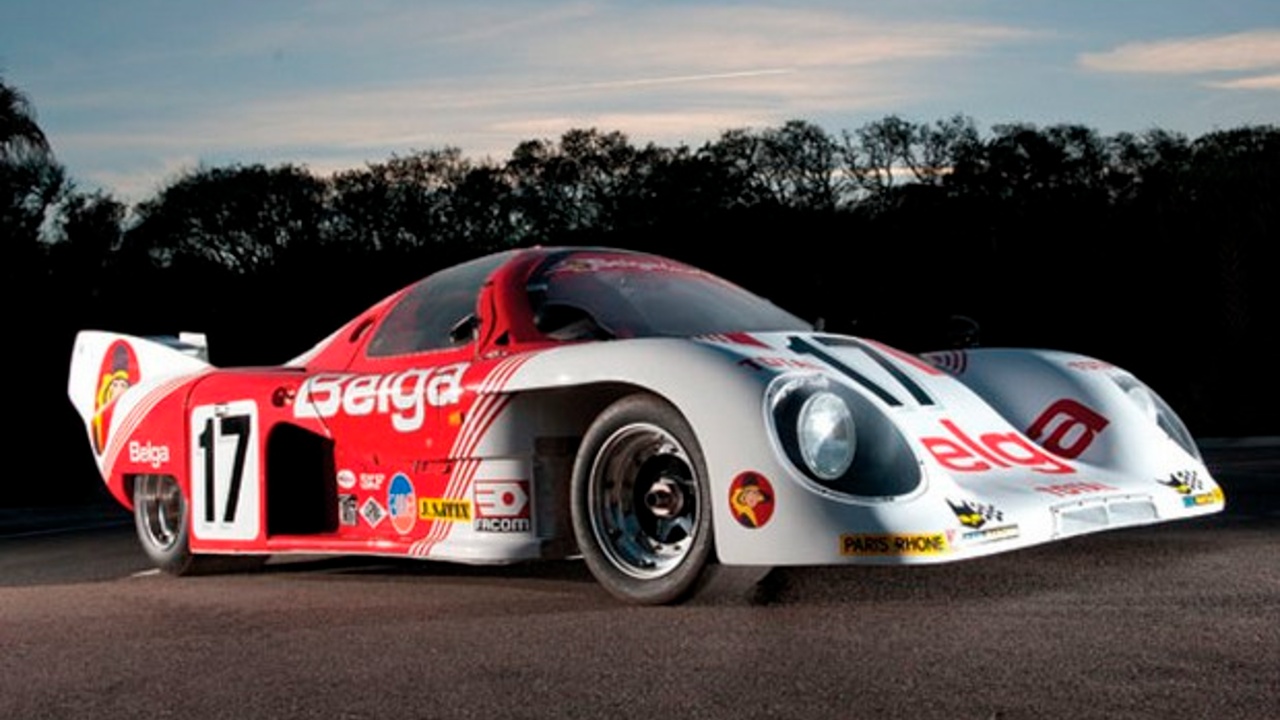
Competing in the 24 Hours of Le Mans requires extraordinary endurance and skill from the drivers. The physical toll of driving for such extended periods is immense, requiring athletes to maintain peak physical condition. Drivers often rotate in shifts, but even then, the demand to maintain focus and performance is relentless. The race is not just about speed; it’s about sustaining speed over time, which tests every facet of a driver’s capability.
Mental resilience is just as crucial as physical strength. Drivers face psychological pressure to manage fatigue, make split-second decisions, and foster effective teamwork under extreme conditions. The race’s grueling nature demands that drivers stay alert and responsive, especially when challenges arise unexpectedly, such as mechanical issues or changing weather conditions.
Night racing adds another layer of complexity. Driving at high speeds in the dark requires heightened concentration and adaptability. The track’s lighting is minimal, with only headlights and occasional track lights to guide the way, making it a true test of a driver’s ability to navigate under pressure. This unique challenge is one of the many reasons Le Mans remains a pinnacle event in motorsports.
Technical and Mechanical Challenges
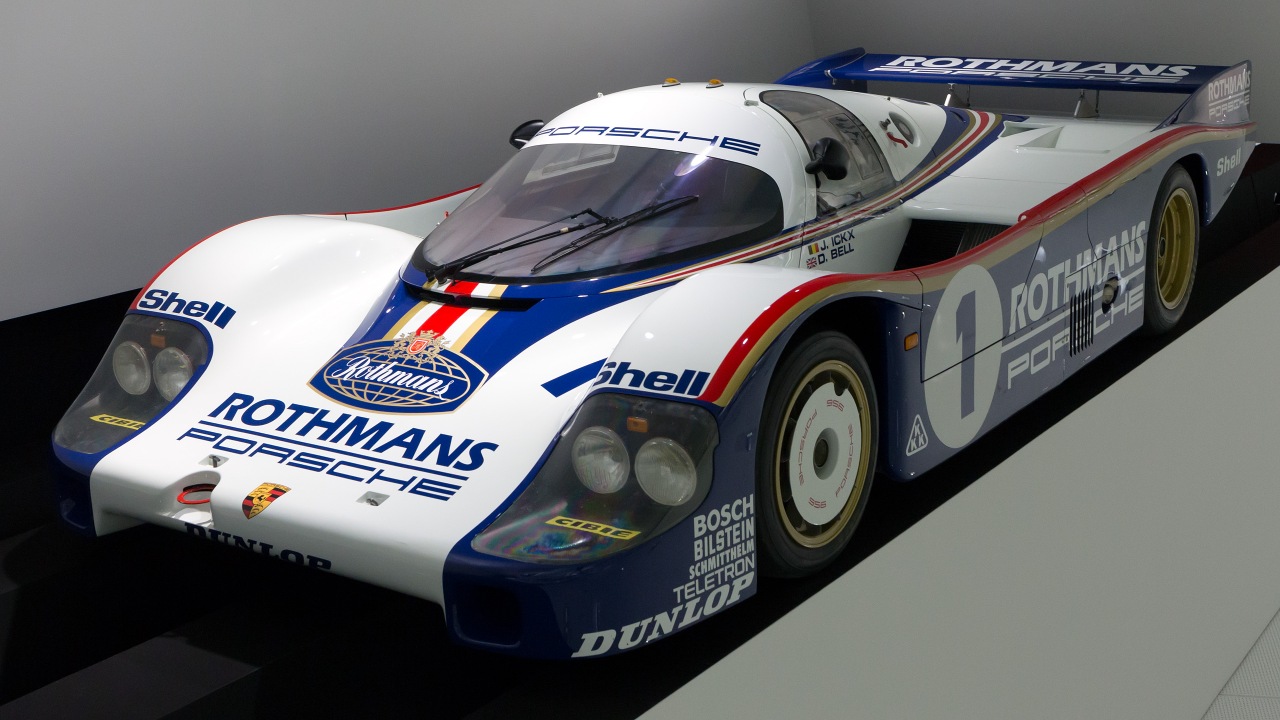
One of the most formidable aspects of Le Mans is the demand for vehicle reliability. Cars must be engineered to withstand 24 hours of continuous racing at high speeds, which is a feat in itself. Manufacturers spend months, if not years, developing and testing vehicles to ensure they can endure the rigors of the race. Mechanical failures have ended the hopes of many teams, highlighting the importance of robust engineering.
The unpredictable weather and diverse track conditions further test the durability and adaptability of both vehicles and teams. Teams must be prepared to adjust to sudden changes, whether it be rain, temperature shifts, or varying grip levels on different parts of the track. This requires not only excellent engineering but also strategic foresight and quick adaptability.
Pit strategy plays a crucial role in maintaining competitive performance. Efficient pit stops for refueling, tire changes, and repairs can significantly impact a team’s standing in the race. Teams meticulously plan and practice these stops, as any delay can be costly. The ability to execute a seamless pit strategy is often the difference between winning and losing.
The Role of Teamwork and Strategy
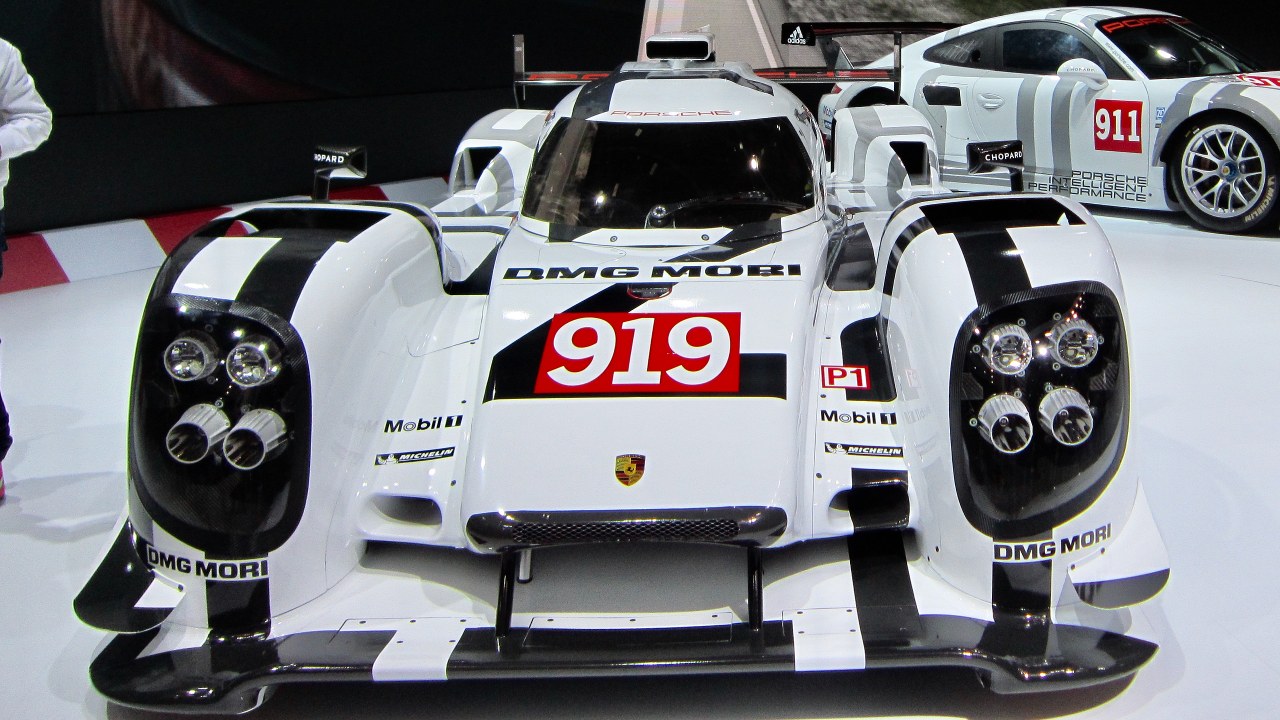
The complexity of Le Mans demands seamless teamwork and strategic planning. Collaborative dynamics are essential among drivers, engineers, and support staff, each playing a critical role in the team’s success. The race is not only a test of individual skill but also a collective effort where everyone must work in harmony to achieve a common goal.
Strategic planning is crucial in adapting to the race’s developments and competitor actions. Teams must be flexible, adjusting their strategies in response to unexpected challenges. Whether it’s recalibrating pit stop plans or managing fuel consumption, the ability to strategize effectively is fundamental to navigating the race’s unpredictable nature.
Real-time problem-solving is vital in overcoming unforeseen challenges. Teams must be prepared to make quick decisions to address issues such as mechanical failures or on-track incidents. The ability to respond promptly and efficiently can make or break a team’s race, underscoring the importance of having a well-coordinated and responsive support team.
Cultural and Global Impact
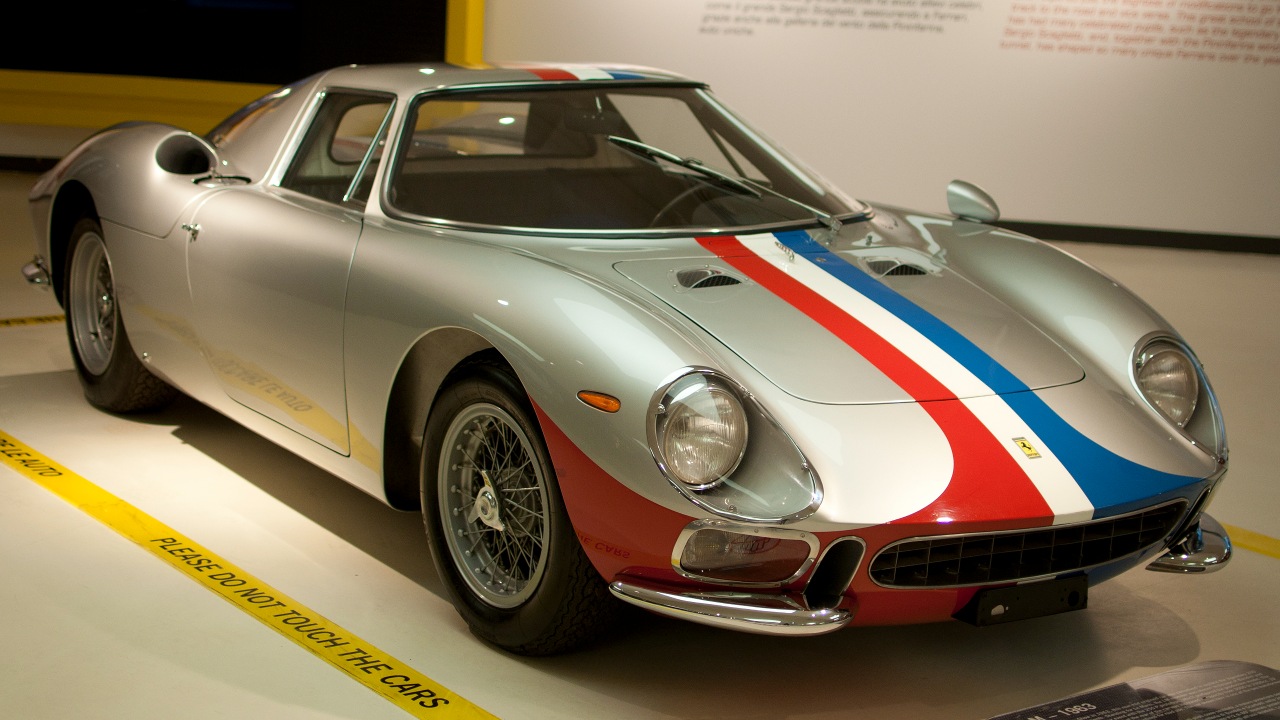
The 24 Hours of Le Mans attracts a global audience, enhancing its prestige and influence within the motorsport community. The race’s unique combination of history, challenge, and excitement draws fans from around the world, making it a highly anticipated event each year. Its global reach is a testament to its cultural significance and enduring appeal.
Participation in Le Mans has a profound impact on automotive brands. Success in the race not only bolsters a brand’s image but also showcases its commitment to innovation and excellence. Many manufacturers use the race as a platform to demonstrate their latest technologies, which often translates into prestige and increased consumer trust.
The legacy of Le Mans continues to inspire future generations of racers, engineers, and motorsport enthusiasts. The race’s enduring challenge and rich history serve as a source of motivation for those looking to make their mark in motorsports. It stands as a symbol of what is possible when human determination meets cutting-edge technology and strategic brilliance.
Like Fast Lane Only’s content? Be sure to follow us.
Here’s more from us:
*Created with AI assistance and editor review.

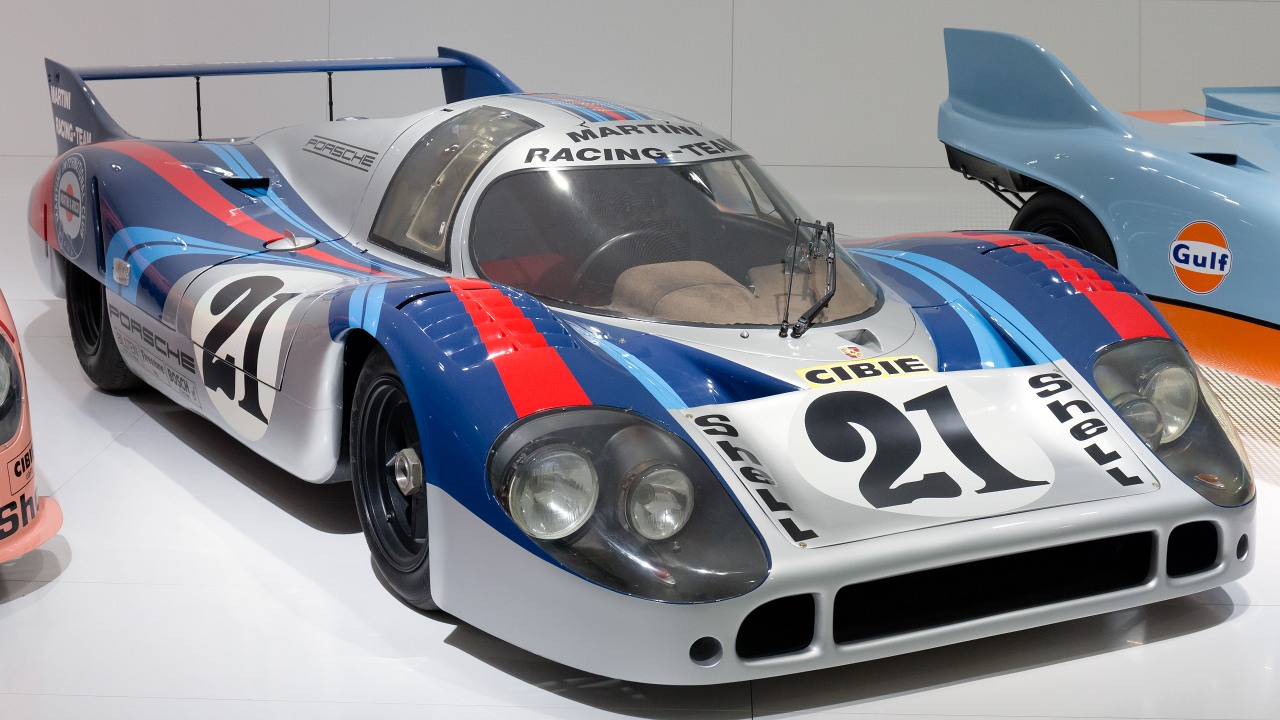





Leave a Reply